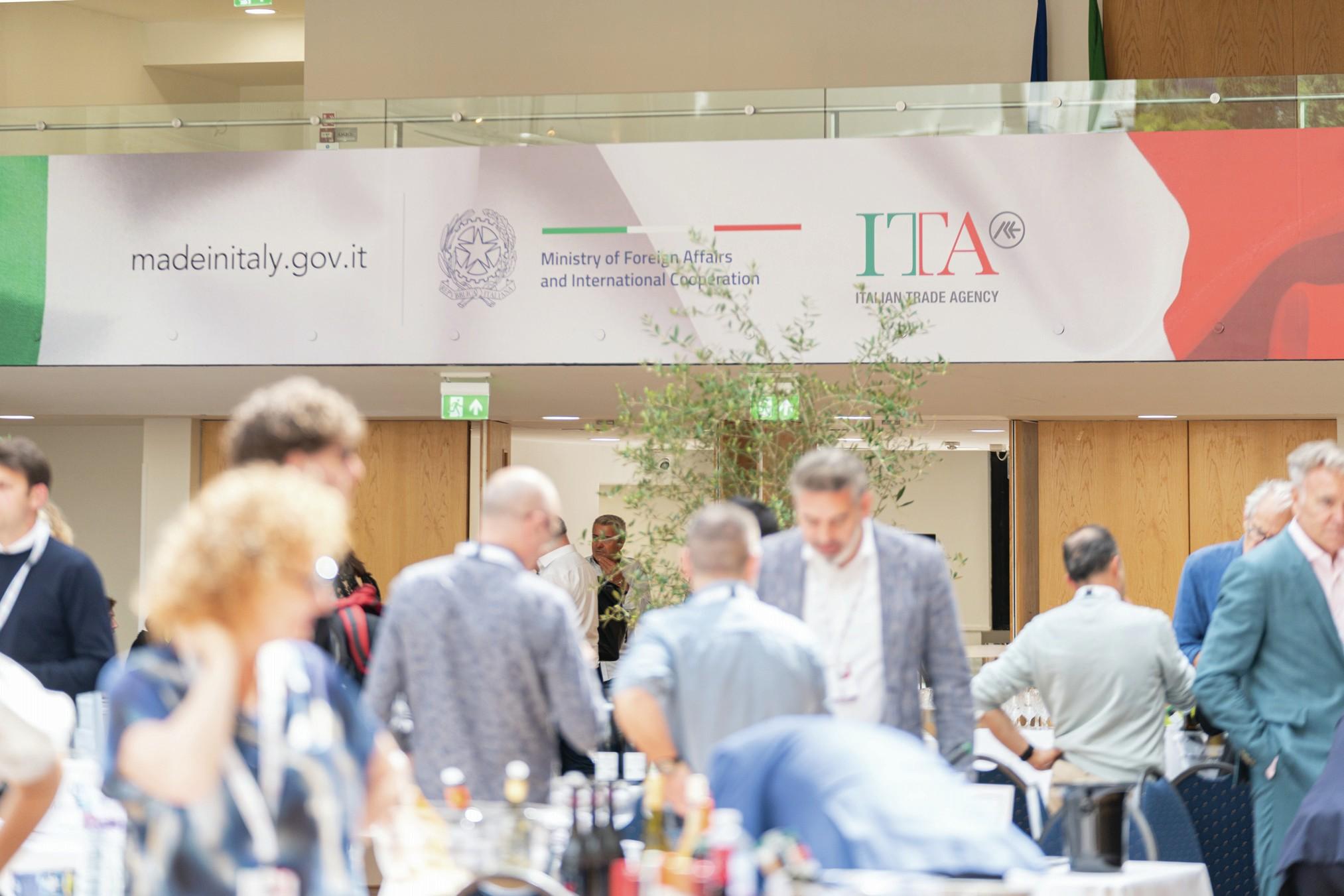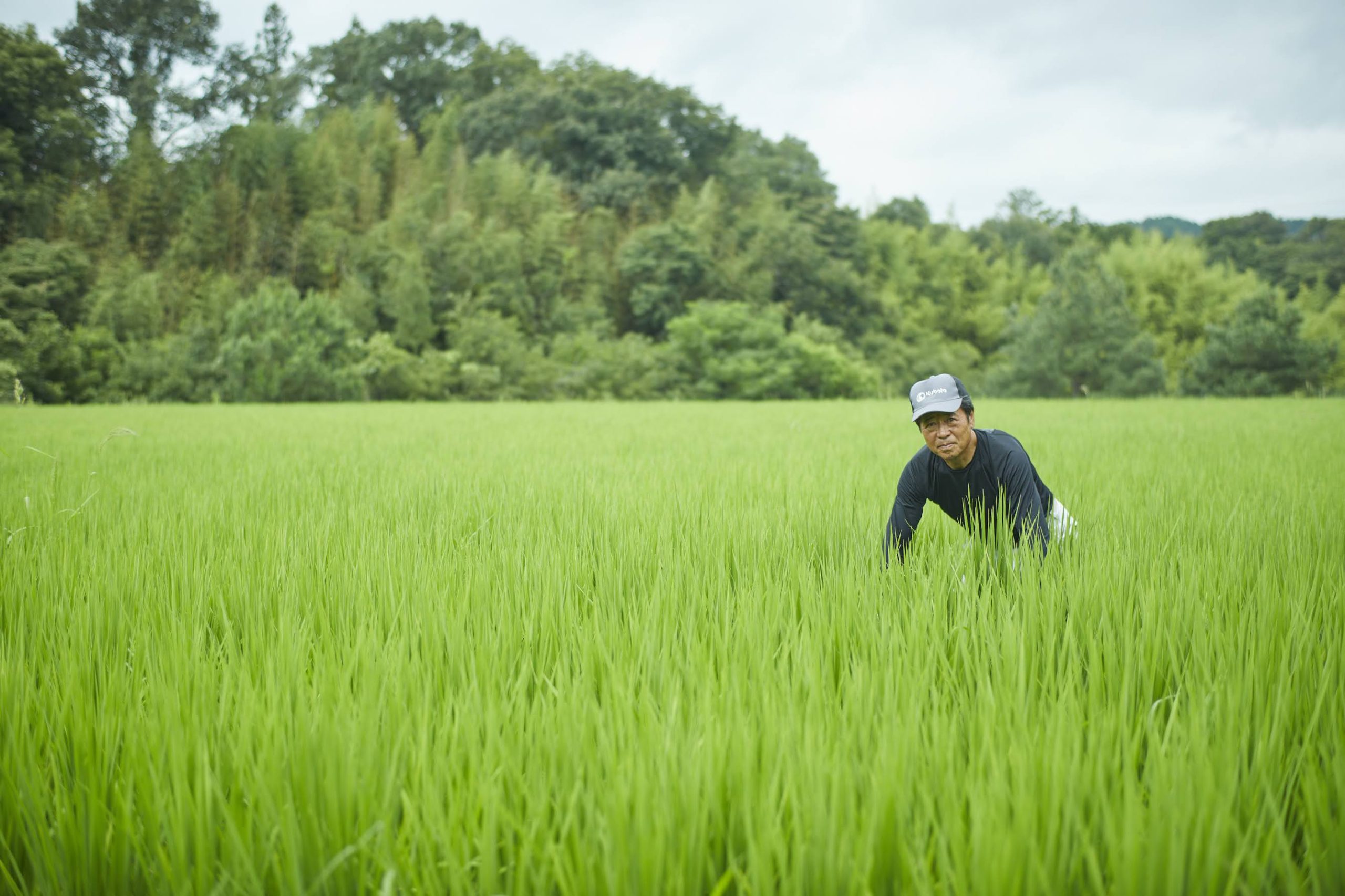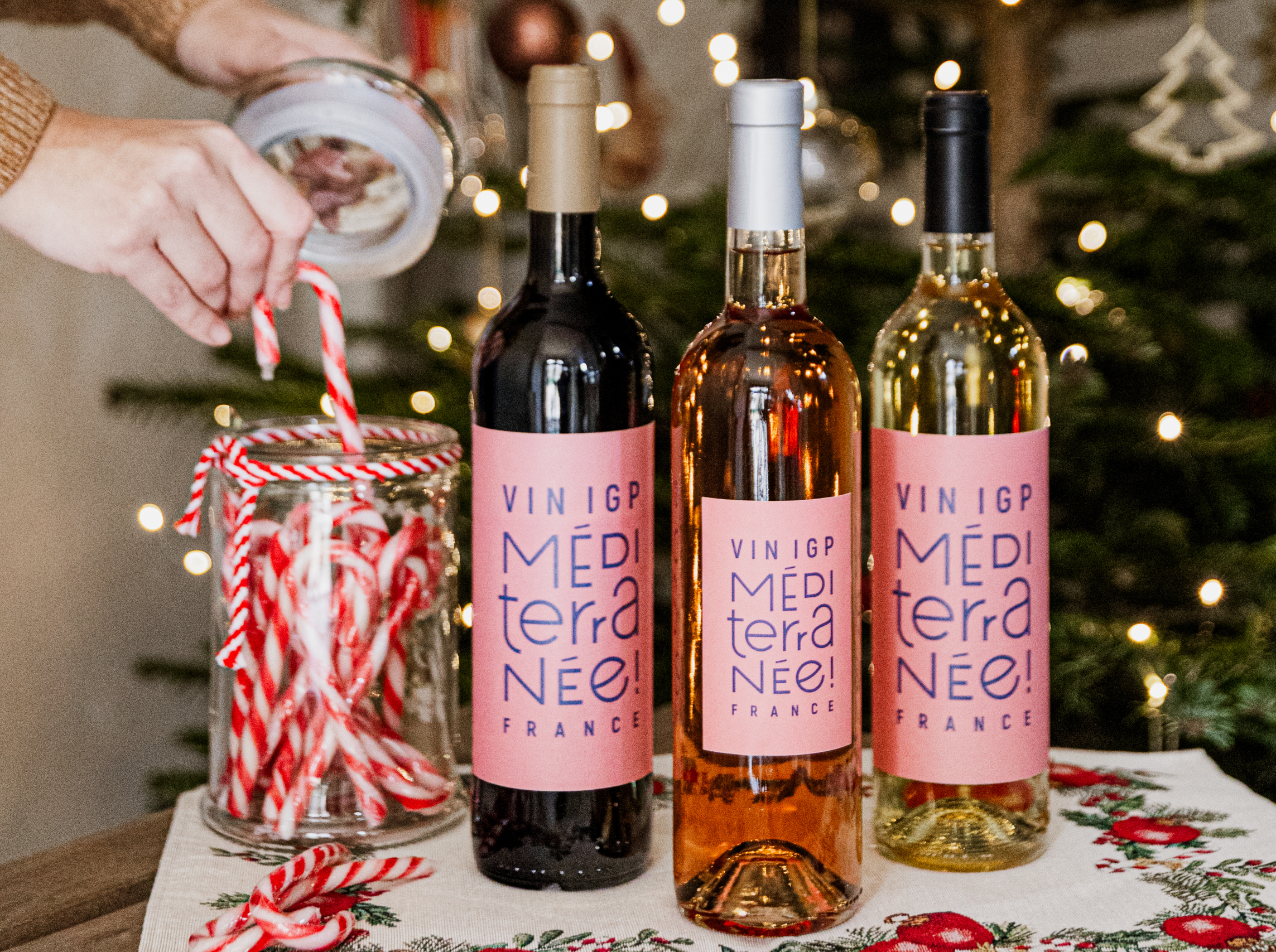Giscours to appeal guilty verdict on chaptalisation
Bordeaux third growth Château Giscours has said it will appeal a decision by a French court after its managing director was handed a suspended prison sentence for chaptalising a portion of its 2016 vintage due to an unfortunately mistimed communication.
Almost 400 hectolitres of wine from the estate were seized by officials in March, on suspicion that sugar had been illegally added to part of the 2016 vintage, due to an unfortunate chain of events.
The wine in question included Merlot must that was chaptalised to boost its alcohol content, a practice common in poor years when the ripening of grapes is less reliable. Chaptalisation is not illegal in France, but it is strictly controlled and in the case of the 2016 vintage there was never authorisation for producers in Margaux to chaptalise their Merlot.
Giscours denied the allegations, claiming that it had “no intention” to commit fraud and that its technical team believed “in good faith” that authorisation for chaptalising Merlot would be given.
In a letter seen by the drinks business the president of the Organisme de défense et de gestion (ODG) Margaux admits that on 10 October 2016 authorisation was given to producers to chaptalise their wines by 1˚, but it did not state that Merlot was excluded from this permission.
A further email sent just 45 minutes later stated that Merlot was to be excluded – a fact confirmed on 12 October by the INAO – but in the meantime a portion of musts at Château Giscours had already been chapitalised.
Sugar was only added to 0.6% of the harvested grapes, affecting just two vats.
Once the error was realised, the cuve containing the chaptalised wine was separated from the others and has not been bottled or distributed in any way.
The château blamed “cumbersome bureaucracy and faulty communication of information” for the unintentional error.
However this week a French court rejected the estate’s defence, handing Alexander Van Beek, the managing director of Château Giscours, a three-month suspended sentence, while the estate itself was fined €200,000. The court also ordered the destruction of 39,700 litres of seized wine, the equivalent of 53,000 bottles, worth €2.3 million.
Confirming that it plans to appeal the court’s decision, Château Giscours said in a statement: “SE Château Giscours has been reproached for irregular chaptalization operations on two vats. These operations are accounted for, on the one hand, by an error committed by the Organisme de Défense et de Gestion de la profession (ODG), who acknowledged the fact that they had sent an erroneous e-mail; and on the other hand, by a misreading of a hand-chalked slate indicating the permitted quantity of sugar that can be added.
“SE Château Giscours solemnly reaffirms that it was the result of human error, without any fraudulent intention – just an unfortunate chain of events brought about by cumbersome bureaucracy and faulty communication of information.
“The chaptalized musts in question were put aside, separated from the final blend, and were not used at all for distribution to the market. As a result, SE Château Giscours has naturally decided to appeal the court decision.”
Click through to the following page to read the full statement on the court’s decision issued by Château Giscours yesterday.
FULLE STATEMENT FROM CHATEAU GISCOURS
SE CHATEAU GISCOURS APPEALS COURT JUDGEMENT OF 21st JUNE 2018
SE Château Giscours has been reproached for irregular chaptalization operations on two vats.
These operations are accounted for, on the one hand, by an error committed by the Organisme de Défense et de Gestion de la profession (ODG), who acknowledged the fact that they had sent an erroneous e-mail; and on the other hand, by a misreading of a hand-chalked slate indicating the permitted quantity of sugar that can be added.
SE Château Giscours solemnly reaffirms that it was the result of human error, without any fraudulent intention –just an unfortunate chain of events brought about by cumbersome bureaucracy and faulty communication of information.
The chaptalized musts in question were put aside, separated from the final blend, and were not used at all for distribution to the market.
As a result, SE Château Giscours has naturally decided to appeal the court decision.
Attached: the events in detail
Appendix 1:
Clarifications on the chaptalization of the Merlot musts in 2016
SE Château Giscours has been reproached for having intentionally chaptalized the wines produced from its Merlot grapes in contravention of the provisions of the prefectural decree issued on 11/10/2016.
SE Château Giscours formally contests the fraudulent intentions referred to by the administrative authorities.
This merits a number of clarifications.
As part of the mission entrusted to the Margaux ODG (the Syndicat de l’Appellation Margaux or appellation wine regulating body), the latter communicates every year to the INAO (Institut National des Appellations d’Origine), and on behalf of the wine producers of the appellation that it represents, the requests for chaptalization for all the grape varieties. This sometimes necessary operation, practised according to the weather conditions of the year, was requested in 2016 by all the wine appellations of the Médoc.
These appellations received a positive response from the INAO.
The INAO centralises the requests and transmits them to the relevant administrative bodies (prefecture, ministry and so on). The prefecture, instructed by the different administrative bodies, makes its decision and signs a prefectural decree establishing the framework in which the chaptalization is authorised. This bottom-up and top-down chain of consultations prior to the final decision is cumbersome and complex, while the window available to the producer for chaptalizing is narrow, since it must be performed at a specific moment during the vinification.
A request for authorisation to chaptalize was made by the Syndicat de Margaux.
Some wine estates, one of which was Château Giscours, had made a formal request for all of its grape varieties.
Partner Content
While waiting for the prefectural decree, and at the urgent request of a large number of the appellation’s producers who had already begun their vinifications, the ODG asked the INAO for a reply. The latter answered that they had received the confirmation that the authorisation for chaptalisation would be given.
The ODG confirmed to its members by e-mail on 10/10/2016, that “producers needing to chaptalize urgently could do so without risk” by up to 1°.
By mistake, this e-mail made no mention of distinction of grape variety. However, the correction of the mistake was later made by the ODG on the same day in the afternoon, confirming this time that the chaptalization was authorised with the exception of the Merlot grape variety. This second e-mail, sent to Giscour’s Technical Manager under the subject line “Enrichissement 2014 – suivi de la maturité” (“Must enrichment 2014 – monitoring of grape ripeness”), was evidently unrelated and not opened by the interested party, who was busy managing the harvesting.
SE Château Giscours was one of the producers for whom the urgency was real.
It therefore proceeded, on reception of the first e-mail, to chaptalize its musts, one vat of which contained 80% Cabernet Sauvignon and 20% Merlot.
The next day, on 11/10/2016, a decree was issued by the Préfecture.
This decree confirmed the authorisation of chaptalization by up to 1° but excluded the Merlot.
The decree was sent by the INAO on 12/10/2016 to the ODG which in turn sent it to the producers.
The chaptalized musts were kept in reserve, separated from the final blend, and were not bottled or released for distribution.
There was no fraudulent intention whatsoever in this unfortunate chain of events, which was the consequence of bureaucratic red tape and inadequate communication of information, as the Margaux ODG acknowledged in its letter of the 1st February 2018.
The slowness and the high degree of complexity in the administrative decision-making chain for chaptalization, which is always requested urgently, is the source of this malfunction.
SE Château Giscours was one of its victims, far removed from the fraudulent intentions with which it was reproached.
Appendix 2:
The mistake on the slate
In October 2016, at the beginning of the vinification process, in compliance with the authorisations issued by prefectural decree on 11th October 2016, chaptalisation* was carried out on several vats of Cabernet Sauvignon.
Traditionally, in order to perform this operation, the cellarmaster chalks on a slate the amount of sugar to go into each vat.
At the end of the day’s work, remaining sugar stocks are checked by the cellarmaster, the results of which are entered into an official register called a chaptalization register (registre de chaptalisation).
During the internal control of 22/10/2016, this check showed a deficit of 50kg of sugar.
After an immediate search had been undertaken by the cellarmaster, it was concluded that a mistake had been made in the reading of the slate corresponding to vat number 7.
The person who had chaptalized it had read 75kg instead of the 25kg written on the slate by the cellarmaster, which is confirmed on consultation of the vinification register, an internal book which enables all the vinification operations to be monitored and guarantees the traceability of each vat.
This error led to the authorised chaptalization being exceeded by 0.3°, i.e. a total of 1.3° instead of the 1° permitted by prefectural decree.
During the inspections carried out by the Direccte on 14th October and 24th November 2016, the wine estate, in total transparency and in complete good faith, handed over the chaptalization register mentioning this mistake, together with the vinification register.
While the wine estate acknowledges that it made a mistake, albeit totally unintentional, and assumes this error as such, it does not understand how this mistake which was never dissimulated can lead to prosecution.
For the 2016 harvest, the wine estate was permitted to use a precise quantity of sugar for chaptalization. In the end, it used only half of that.
Thus, even if this vat hadn’t been set aside, for all the vats (chaptalized or not) destined to be blended together to create the final blend of the wine, a slight over-chaptalization of one single vat would have been very largely compensated by all the vats which hadn’t been chaptalized.
In any case, vat number 7 was set aside from the rest, and the final blend for the 2016 vintage was carried out in accordance with the standard procedures, and the wine in Château Giscours bottles is in total compliance with the regulations.
* Chaptalization is a legal technique for the enrichment of musts in order to slightly raise the natural alcoholic degree of the wine. This operation is subject every year to a request for prefectural authorisation.





Could anyone explain to me why Giscours thought they had to chaptalise in such a ripe year as 2016 – in an “exceptional vintage”, on such an “exceptional terroir”?
Or do the wine and terroir only become exceptional AFTER chaptalisation?
BTW, Drinks Business might want to remind its readers that Giscours has already been condemned in 1998 and 2008, for adding water, or milk, or wood staves in the wine, and blending AOC Médoc wine with Margaux wine.